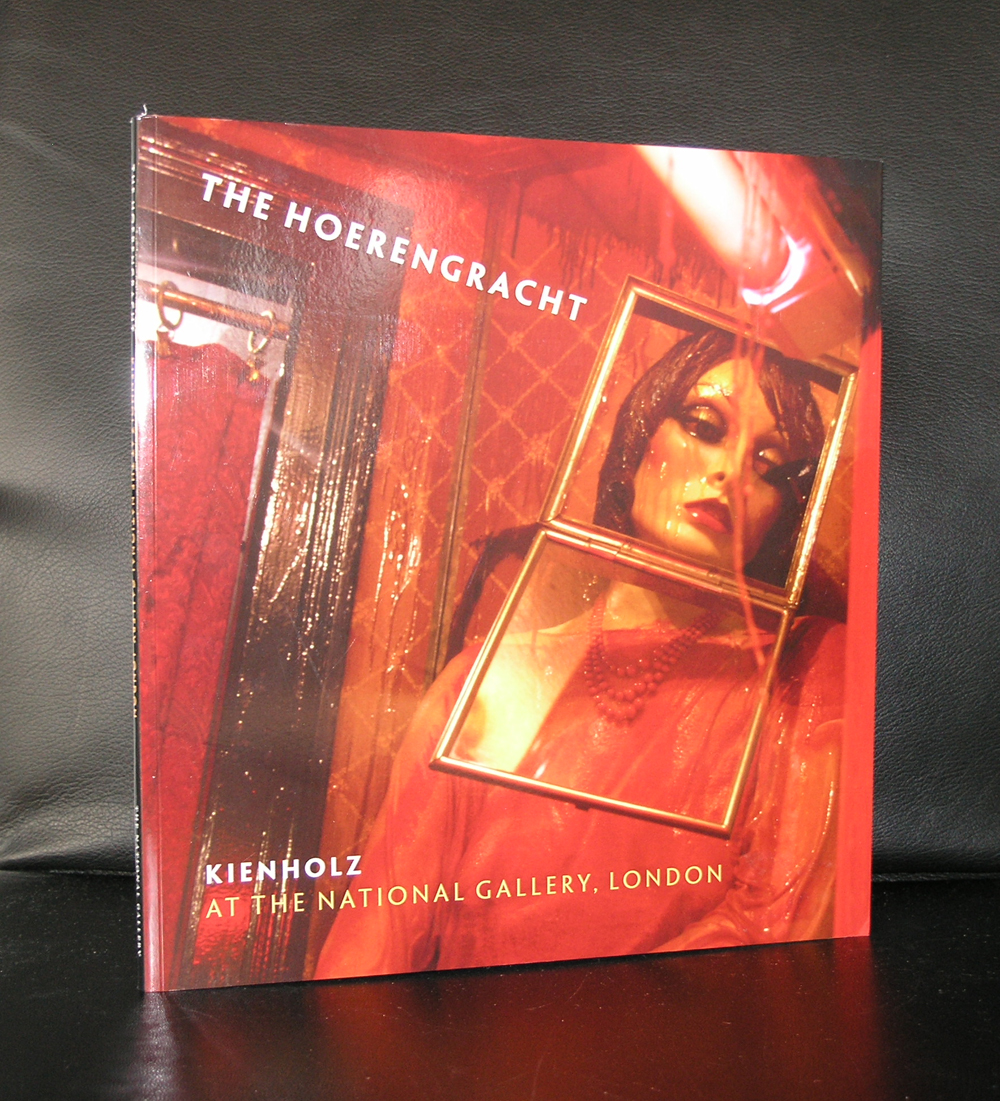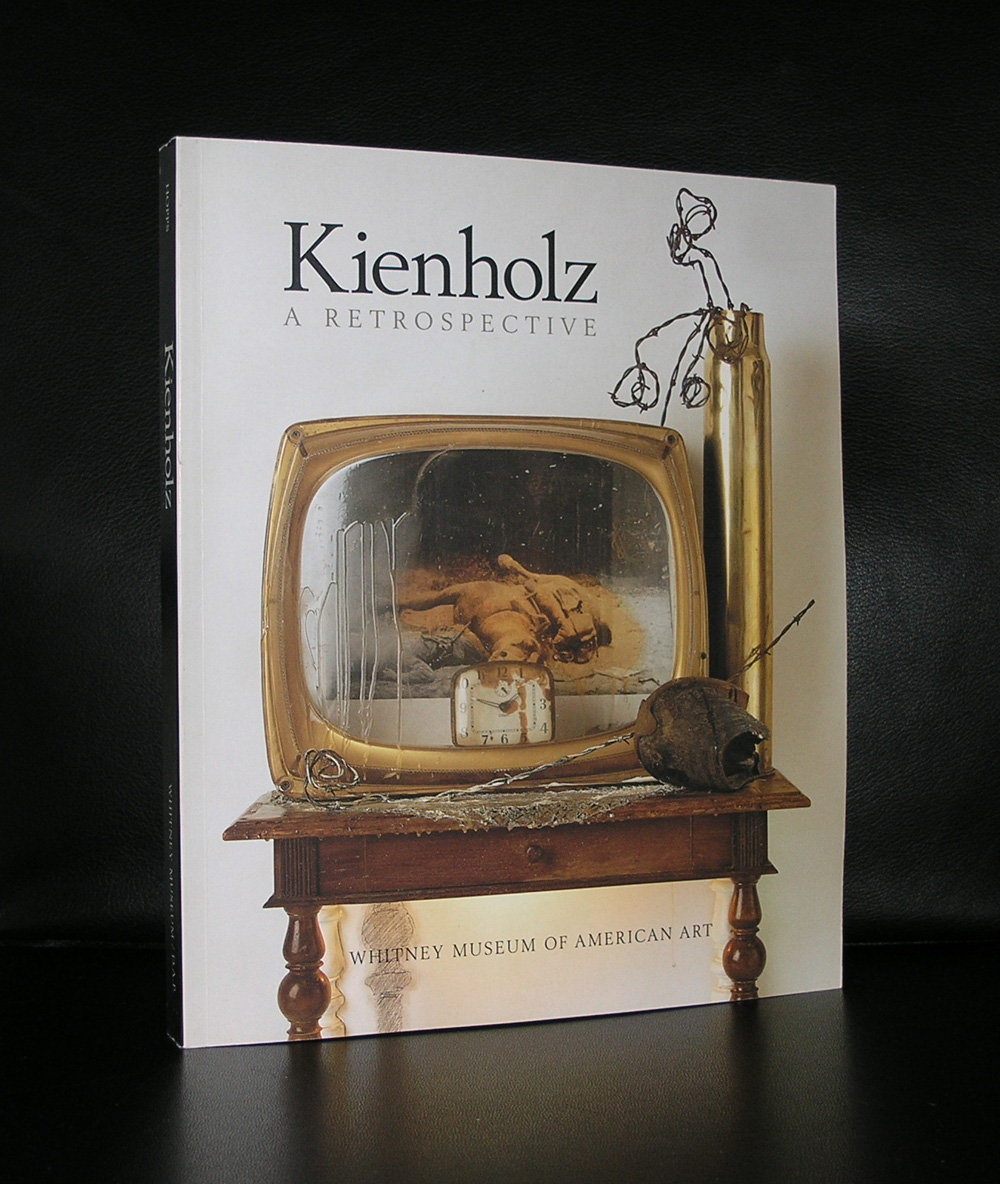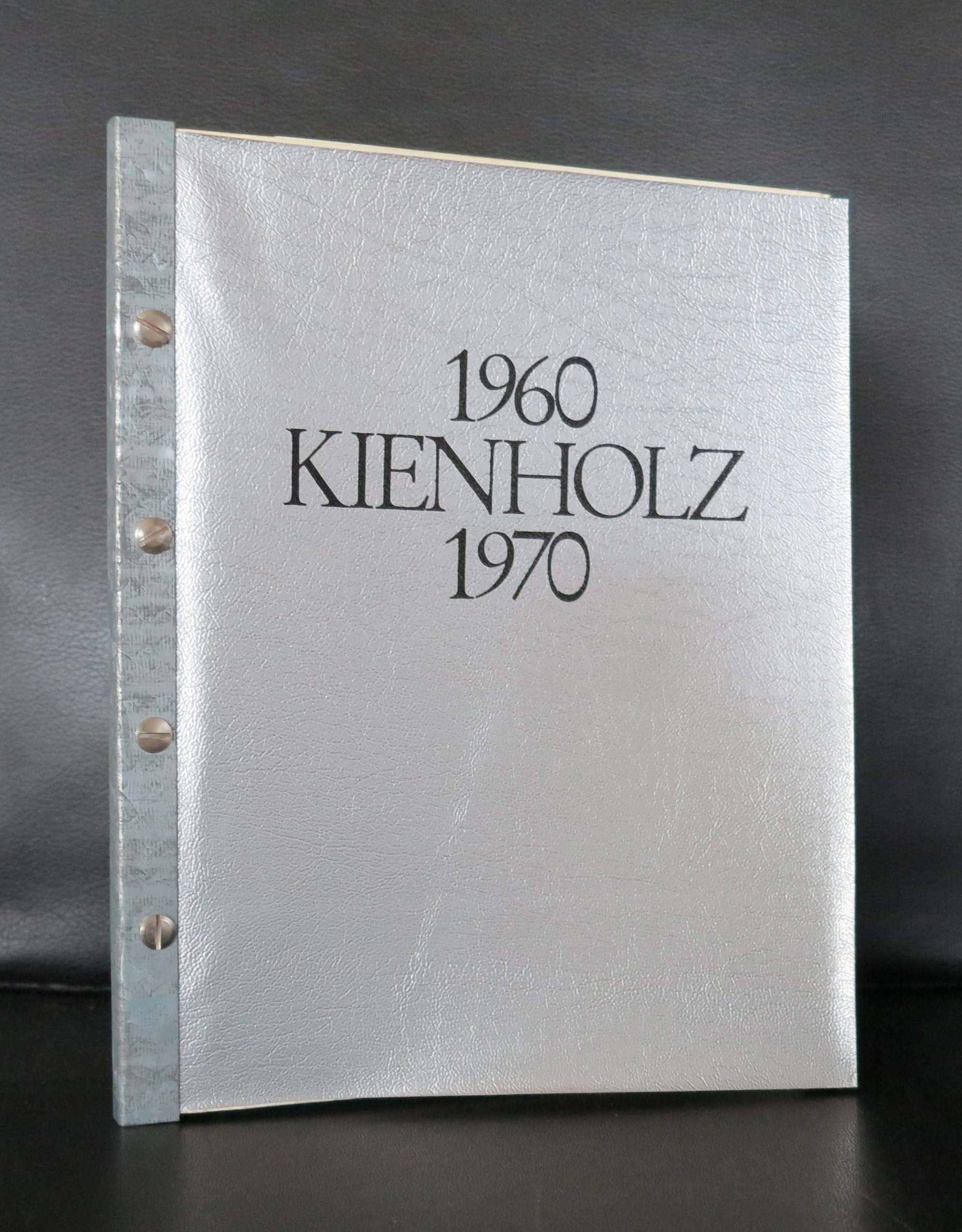
Crafted by a mortal, Edward Kienholz (1927–1994), The Beanery, a 1965 enigma of art, holds its roots in Kienholz’s regular waterhole, The Original Beanery on Santa Monica Boulevard in Los Angeles. It took the visionary artist six months to manifest his local bar’s essence in this masterpiece. The installation’s execution is characterized by its life-size components, from the figures, modeled after Kienholz’s acquaintances and comrades, to the bar, beer and liquor bottles, ashtrays, cash register, telephone book, and jukebox. Even the photographs adorning the walls are replicas of those at The Original Beanery.
A surprising detail in the artwork is Kienholz’s decision to represent each patron of the bar with a clock for a face, a nod to his fascination with time. The only exception is the bartender, a replica of Barney, the original bar-owner, who retains a human face. Sound, scent, and sight come together seamlessly, creating a sensory experience that visitors are invited to immerse themselves into. The unmistakable aroma of a typical bar is yet another signature of Kienholz’s genius work. To attain the desired scent, the artist concocted a special recipe, blending beer, rancid fat, urine, mothballs, and cigarette ash. The restoration team at the Stedelijk Museum recreated this scent paste multiple times, using ammoniac instead of urine. To reinforce the essence of mortality and transience, the installation is coated with a synthetic resin, enhanced by the brown color scheme signifying aging and decay.
As a time capsule, The Beanery encapsulates the attitudes and events of the era. The sign at the entrance, “faggots stay out,” exemplifies the bigotry present in American society at the time. Meanwhile, the newspaper dispenser by the door displays a headline from 1964, reflecting the United States’ impending war with Vietnam. The inspiration for The Beanery struck Kienholz in 1958, but he only began work on August 28, 1964, after reading the headline “Children Kill Children in Vietnam Riots” during a visit to the real bar. The jarring juxtaposition between the “real time” represented by the newspaper and the “surreal time” of the bar’s atmosphere is a powerful commentary on the passing of time in relation to societal issues.
www.ftn-books.com has the Stedelijk Museum publication on Kienholz available.



























































